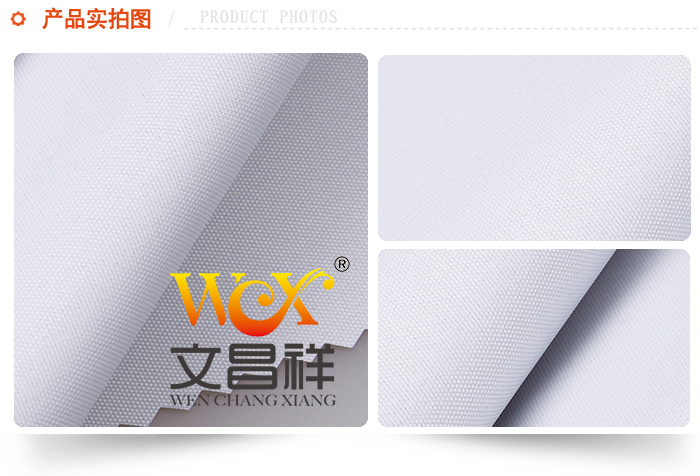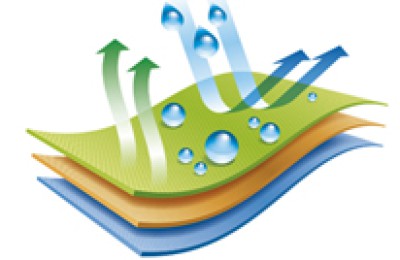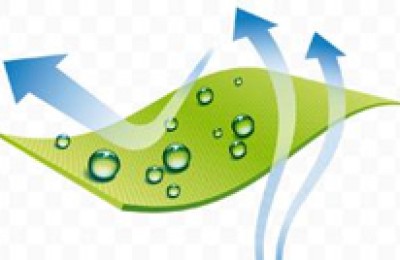After Oxford cloth is bleached, it often still has a trace of yellowish-brown light, and it is not easy to achieve pure whiteness. Fabric whitening methods are often used to increase the white feeling. The following two methods of whitening.
One is the blue-whitening method: a small amount of blue or purple dye or paint is used to color the Oxford cloth, and the complementary effect of the pigment colors is used to make the reflected light of the Oxford cloth slightly heavier in blue-violet light. It seems that the whiteness has improved, but the brightness has decreased, and it has a slightly gray feel. In recent years, it has been rarely used alone and is only used for color light adjustment during fluorescent whitening.

The other is Fluorescent whitening method: The fluorescent whitening agent is colorless when dissolved in water. Its chemical structure is similar to that of dyes and can dye fibers. The fluorescent whitening agent itself is colorless, but after dyeing fibers, it can be excited by ultraviolet light. It emits blue-violet fluorescence that is visible to the naked eye, and mixes and complements the trace yellow-brown light reflected from the Oxford cloth itself to form white light, which appears whiter. Due to the increase in the total intensity of reflection, the brightness increases, but in light sources lacking ultraviolet light The effect is slightly worse under the conditions.

Textile main business: 210D Oxford Cloth, 300D Oxford cloth, 420D Oxford cloth, 600D Oxford cloth, 1680D Oxford cloth and other luggage fabrics, consultation hotline: 400-8380917
Some of the contents of some of the company’s articles come from the Internet. If there is any infringement, please contact us and we will delete it as soon as possible.
</p








